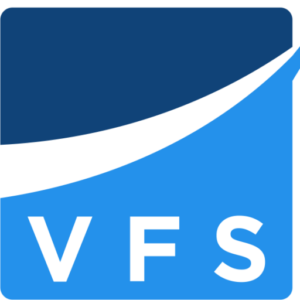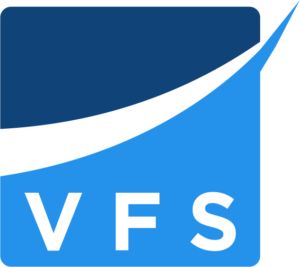Your Financial Future, Powered by You: A Guide for Teachers in Their 20s
As a teacher in your 20s, you’re at the beginning of an incredible career, but also a crucial time for building a strong financial foundation. The good news is that time is on your side, and a few strategic moves now can make a huge difference down the road. Here are 4 suggestions to help you take control of your retirement savings and secure a comfortable future.
By: Jeff Venables
1. Tackle Student Loans Strategically
Student loan debt can feel like a heavy burden, but as a teacher, you may have unique options to help you pay it down. Before you simply start making payments, look into programs like Public Service Loan Forgiveness (PSLF) and Teacher Loan Forgiveness (TLF).
- Public Service Loan Forgiveness (PSLF): This program is a game-changer for many public school teachers. If you have federal direct loans and work for a qualifying employer (like a public school), you can have the remainder of your loan balance forgiven after making 120 qualifying monthly payments (10 years of payments) under an income-driven repayment plan.
- Teacher Loan Forgiveness (TLF): This program forgives up to $17,500 of your federal student loans after five consecutive years of teaching in a low-income school. It’s important to note that you cannot receive credit for the same period of service for both TLF and PSLF.
Even if these programs aren’t for you, there are other strategies to consider, such as paying more than the minimum each month, making biweekly payments, or using the debt avalanche method (paying off the loan with the highest interest rate first).
2. Start or Increase Roth IRA Contributions
A Roth IRA is an excellent option for young teachers. You contribute after-tax money to the account, meaning you don’t get a tax deduction now, but your withdrawals in retirement are completely tax-free. Given that you’re likely in a lower tax bracket in your 20s than you will be later in your career, this can be a powerful move. The annual contribution limit for 2025 is $7,000, and you can contribute to a Roth IRA even if you have an employer-sponsored plan.
3. Take Advantage of Your School’s Retirement Plans (403b and/or 457b)
Your school district likely offers a 403(b) or 457(b) plan, which are the equivalent of a 401(k) for public employees. These plans allow you to contribute pre-tax dollars, lowering your taxable income now.
- 403(b) vs. 457(b): In many cases, you may have access to both. A key difference is that with a governmental 457(b), you can withdraw funds without a 10% early withdrawal penalty if you leave your job at any age. This can be a huge advantage for teachers who may want to take a break or change careers before age 59½. If your district offers both, you can potentially contribute to each, doubling your annual contribution limit. Always check the investment options and fees associated with the plans offered by your employer. Do some research to determine whether your district offers a good, low-cost plan. If your district offers a match, contribute at least enough to get the full match – it’s free money! Consider setting up automatic contributions to ensure consistency.
4. Don’t Neglect Your Emergency Fund
Before you can fully focus on retirement, it’s essential to have a solid financial safety net. Aim to save at least three to six months of living expenses in a high-yield savings account. This fund will protect you from unexpected expenses like a car repair or a medical bill, so you don’t have to dip into your long-term retirement savings.
By taking these steps now, you are setting yourself up for a lifetime of financial security. Remember, the best time to start saving was yesterday, but the second-best time is today!




